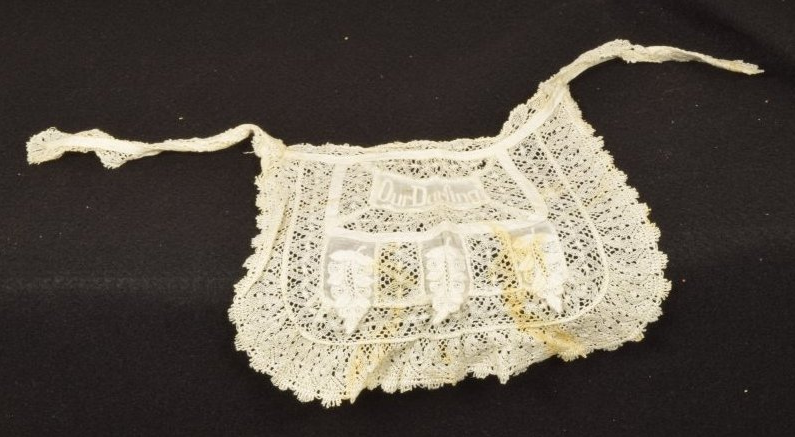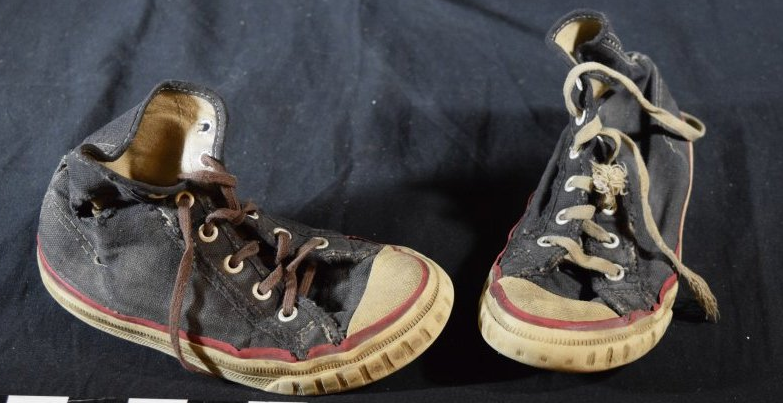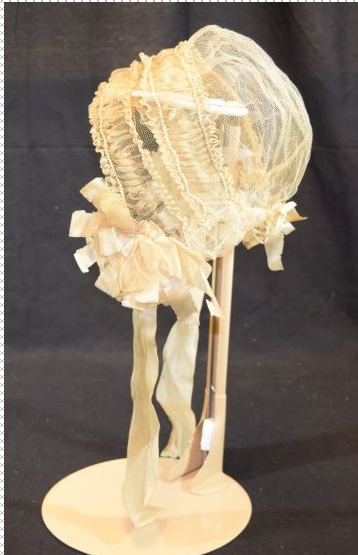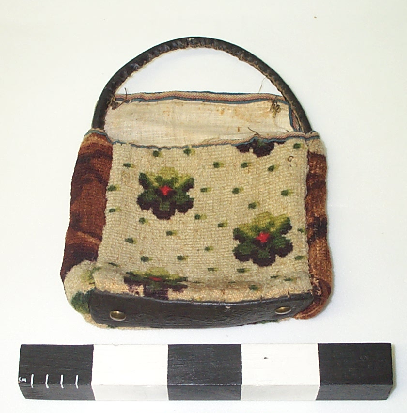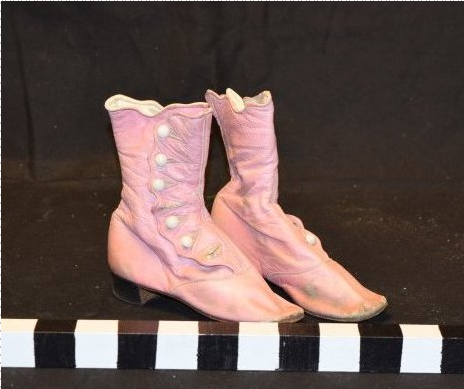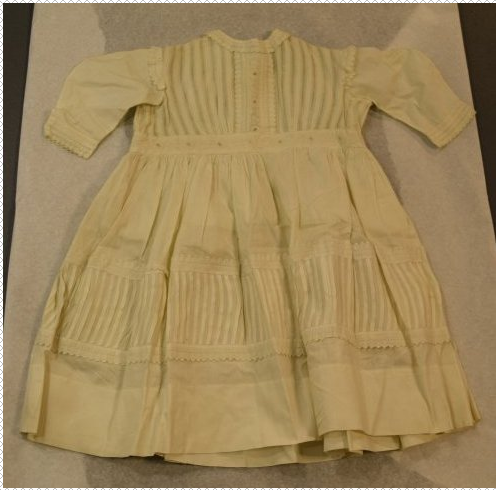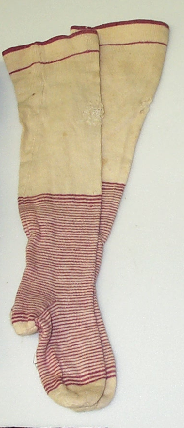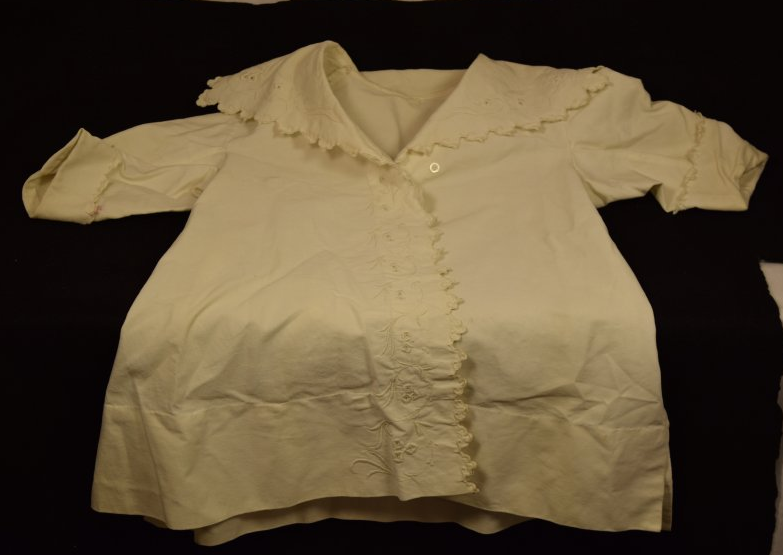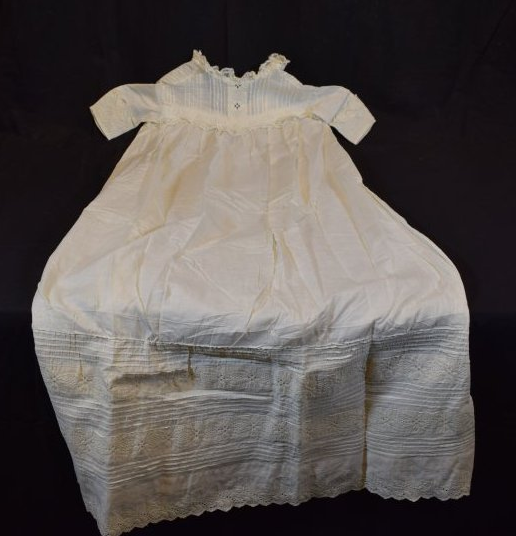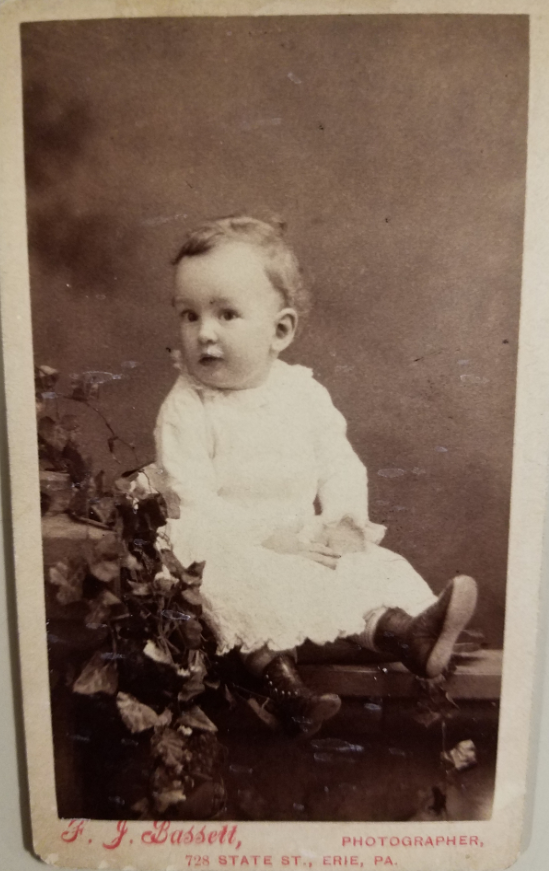
Parents have always worried about their children – perhaps those worries have just changed a little over the course of history. The title of this blog about “long life” was certainly a worry for parents before the advent of vaccines and modern medicine. In 1900, 30% of all deaths in the US occurred in children 5 years old or younger. Today, it’s a little over 1% of deaths (National Center for Health Statistics).
Volumes have been written on the changes of childhood and many have taken place since 1888 (late Victorian period). During much of the 19th Century, most children worked long hours in factories and farms, and at home doing what we consider adult-work today. I just read a powerful poem by Charlotte Perkins Gilman titled:
Child Labor.
No fledgling feeds the fatherbird,
No chicken feeds the hen,
No kitten mouses for the cat—
This glory is for men.
We are the wisest, strongest race:
Long may our praise be sung—
The only animal alive
That lives upon its young!
Child labor was a huge problem and I haven’t any documentation to support this statement, but I find it hard to believe that it did not happen in Erie. One of the reasons why women wanted the right to vote was to rid our country of this problem.
As the century wore on, attitudes shifted to see childhood as a separate phase of life where children should be protected from the hardships of adulthood, and that education was no longer just for the wealthy with the establishment of the public-school system.
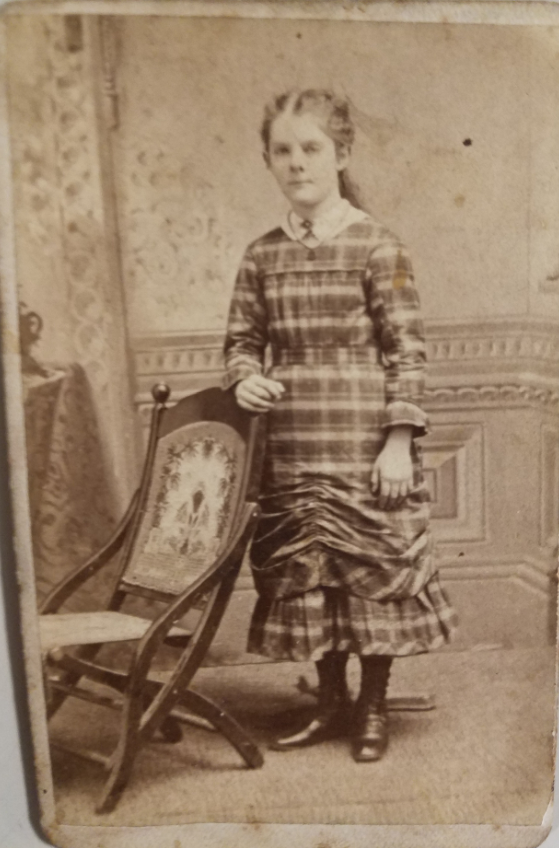
Photo of girl c. 1875
J. W. Press, Photographer
First Door West of B.C. Ely’s
Drug Store,
Girard, PA
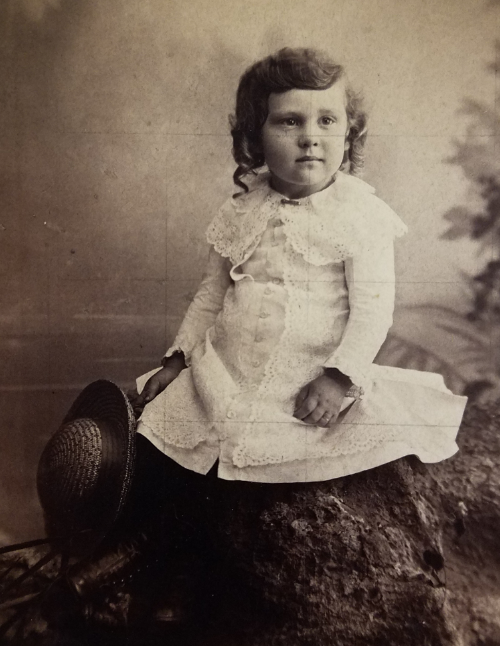
Photo of William Blakeley Holliday
c. 1890
Erie, PA
Styles may have changed a little for boys.
The children pictured on this blog may not have had the wealthy background as Winnifred Watson but certainly were not poor.
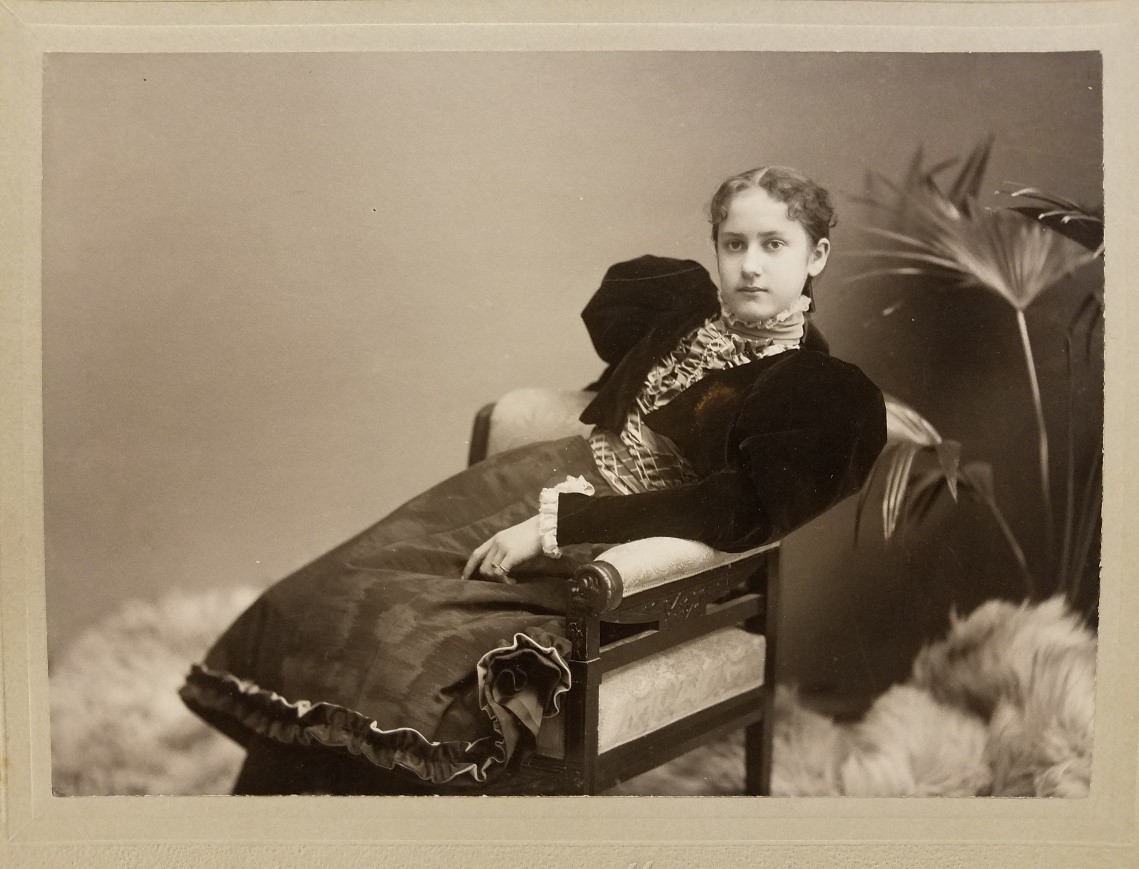
Winnifred Watson –
Age 13
Few children had the lifestyle of Winnifred Watson, who resided in the Watson-Curtze mansion here on Erie’s millionaire’s row. Her life of private tutors, an overflowing number of dolls and other diversions, fine clothes and plenty of food to eat, which she didn’t have to help prepare, was a lifestyle few imagined.
In the collection here at the Hagen History Center, we have many things in our care relating to babies and children. We are planning an exhibit on the subject to open in the Spring of 2021 and some of the following may be featured.
